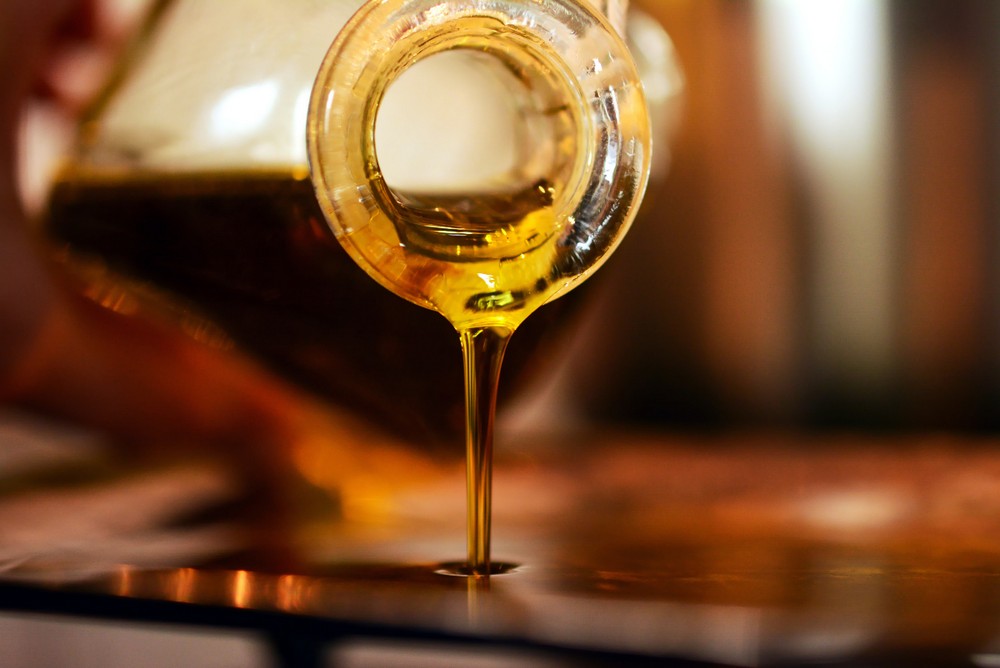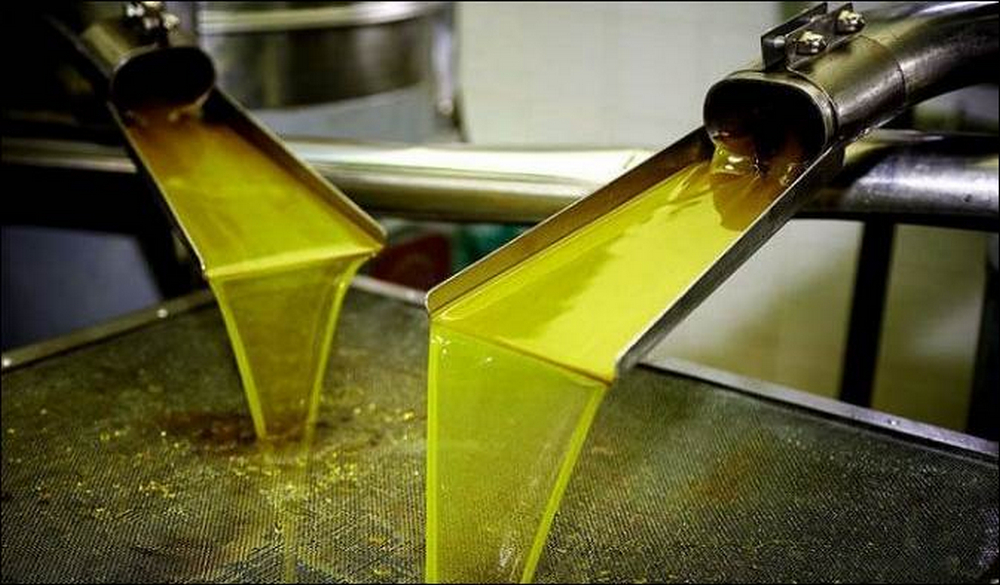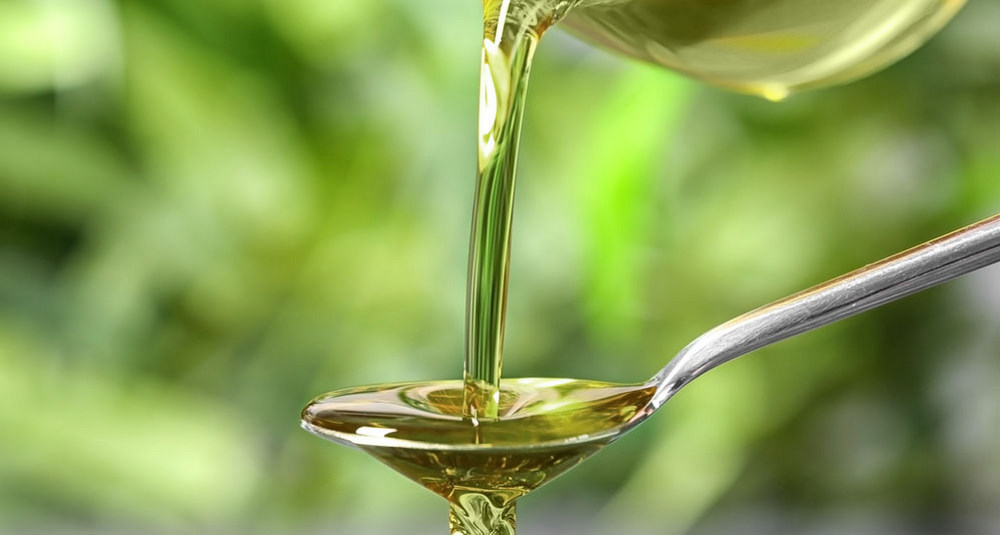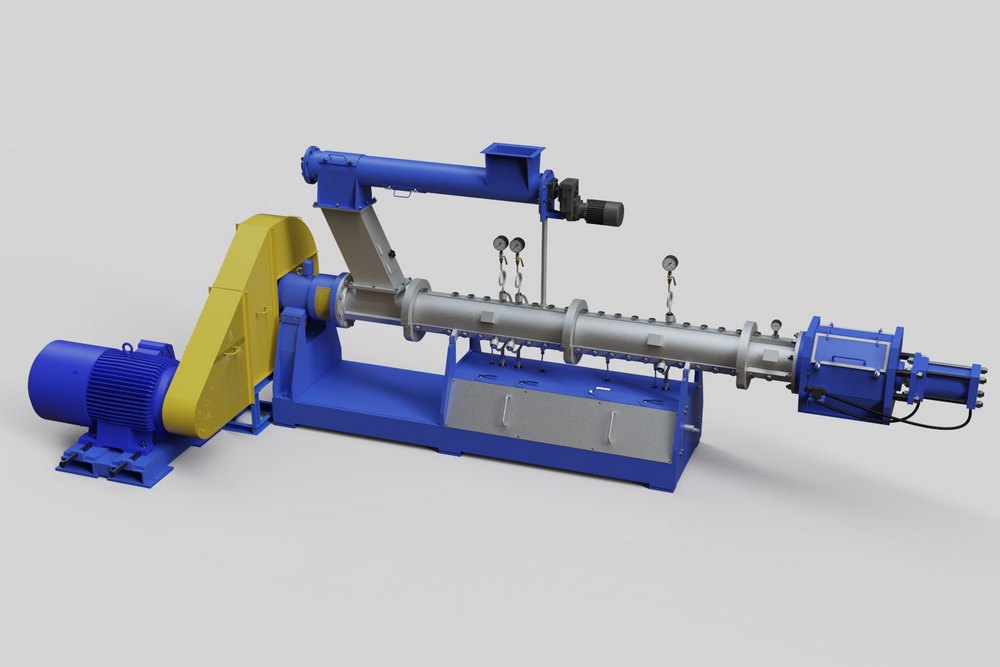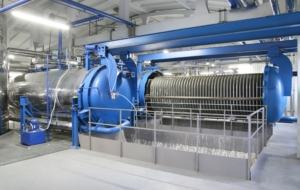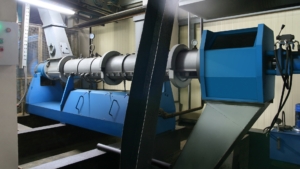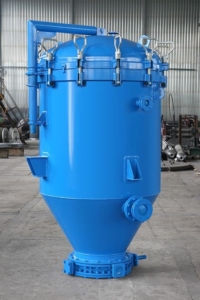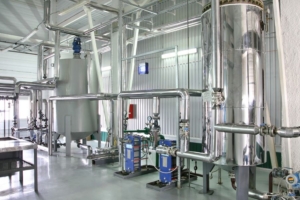How vegetable oil is refined
Content[ hide ]
- The main stages of the vegetable oil refining process
- Water degumming and neutralization
- Bleaching
- Winterization
- Deodorizing
- Equipment for refining vegetable oil
- Benefits and importance of vegetable oil refining
- Improving oil quality and stability
- Ensuring a long shelf life
- Compliance with food safety standards

